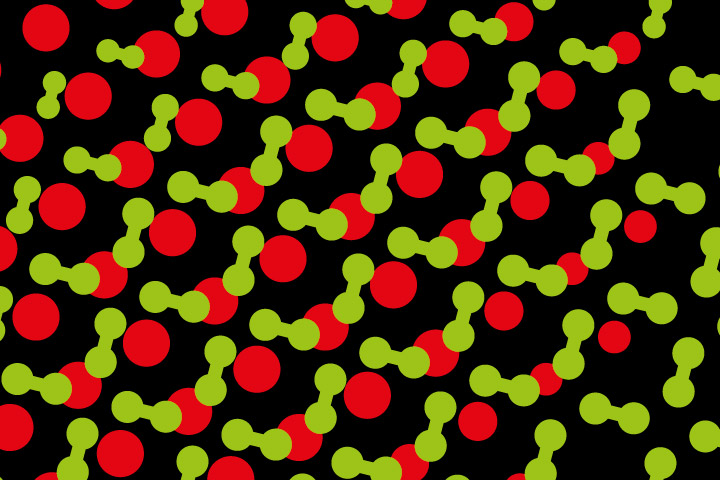
Symposium: « Decision-making, Learning and Dendrites »
Venue: Centre Broca
Organized by Richard Naud and Naoya Takahashi (IINS)
9:30 – Sara Moberg (Humboldt University, Berlin)
Distinct roles of cortical layer 5 subtypes in associative learning
10:05 – Ian Cone (University of Oxford, UK)
Theoretical Frameworks of Behavioral Timescale Synaptic Plasticity
10:40 – Zachary Friedenberger (University of Ottawa)
Burst Multiplexing in Low-Dimensional Subspaces
11:15 Break
11:30 – Friday seminar – Matthew Larkum (Humboldt University, Berlin)
New insights into decision-making and the principles of cortical operation
Abstract
The process of decision-making involves interactions between the frontal cortex and various cortical and subcortical regions. My laboratory has long focused on a theory of cortical function that centers on the active properties of dendrites in layer-spanning pyramidal neurons. According to this framework, categorically distinct types of information are processed in physically separated compartments within the same neuron and then combined through a nonlinear integrative mechanism. If this is a general principle of cortical operation, it should apply broadly across cortical areas, given their shared architecture. From this view, what distinguishes one cortical area from another is primarily the type of information delivered to specific layers. Having previously concentrated on sensory cortex, we have recently turned our attention to the frontal cortex, where this principle raises new questions. Here, I present findings from several studies examining how this framework applies to decision-making in the frontal cortex. In one study, we show that re-learning complex rules depends on active dendritic integration in layer 5 pyramidal neurons; blocking tuft activity impairs adaptation without affecting simple learned behavior. In a second, we find that slow, deliberate decisions correlate with structured sequences in layer 2/3 neurons of medial frontal cortex, while fast, impulsive choices disrupt this pattern. Together, these results give new insights into how pyramidal neurons at the top of the cortical hierarchy are used and can interact with pyramidal neurons elsewhere in the hierarchy.
Mise à jour: 24/06/25
